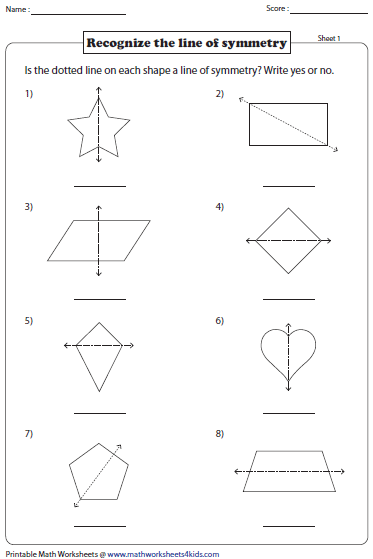

Intro to Symmetry: A YouTube video that introduces and explores reflectional (mirror) symmetry.
#Symmetry in art and math for kids series
Symmetry: A series of video lessons from White Rose Maths, including for Year 2, Lines of Symmetry, Draw the Whole. If your child knows very little about symmetry already, a good starting point is to watch some of the videos below. In second class, the children are being introduced to simple symmetry. Older children could also explore mirror writing and how Leonardo da Vinci used it. Why not try making a symmetrical butterfly, symmetry painting and/or your name as symmetrical art? For more art ideas search Google for symmetry art for kids.

Repeat using different items and/or arrangements.Does the reflection in the mirror look the same? Is it different? How? Why? Change the position of the mirror, perhaps above or below the arrangement.Describe what can be seen in the reflection. Place a mirror to the right or left of the arrangement.Using the mirrors the children can create and check symmetrical patterns using pieces of lego, blocks or other suitable objects etc.For some shapes/numbers/letters, is there more than one than one way, that the mirror can be placed?.Can you put the mirror along the middle of any letters and numbers so that they look complete? Does this work with any other shapes or images?.What letters or numbers look the same in the mirror? What shapes or images look the same in the mirror?.Can your child answer the following questions? They can look for symmetry in numbers and capital letters (eg the letters on the cover of their Operation Maths book, other books, newspapers, boxes, food containers etc). Using the mirrors the children can create and check symmetrical patterns using cubes, counters, objects etc. Take some time to use mirrors to explore symmetry (as mentioned above, small square, or rectangular, cosmetic mirrors are ideal for this).Is there symmetry in any of the numbers we write? What about letters of the alphabet lower-case and/or upper case (capital letters)? What about the letters in your name?.If going for a walk, look out for examples of symmetry in nature eg flowers, leaves.Look for examples of symmetry in clothes, furniture, windows, dishes, ornaments, doors, etc.Symmetry at home: explore the symmetry that is all around you:.Practical Suggestions for Supporting Children

in the image above the order of the real cubes is orange, yellow, green, but in the reflection we see green, yellow, orange. Draw your child attention to the way in which the pattern appears to be reversed e.g. It would be really valuable for the children to be able to do something similar at home, with any suitable small mirrors that might be available (Tip: mirrors with straight outside edges rather than curved edges are better for this, eg a small mirror from the lid of a make-up pallet). In school, the children will often have the chance to use special child-safe mirrors to explore this concept, and to look at the mirror image of arrangements of various items. While there are different types of symmetry (which children will explore deeper in second level maths), the primary curriculum specifies line symmetry, also known as mirror symmetry, reflective or reflection symmetry. That said, it also features as part of the topic of 2-D shapes in fifth and sixth classes where the children in those classes are asked to “classify 2-D shapes according to their lines of symmetry”. Symmetry is introduced in second class and is a stand-alone maths topic in only second to fourth classes.


 0 kommentar(er)
0 kommentar(er)
